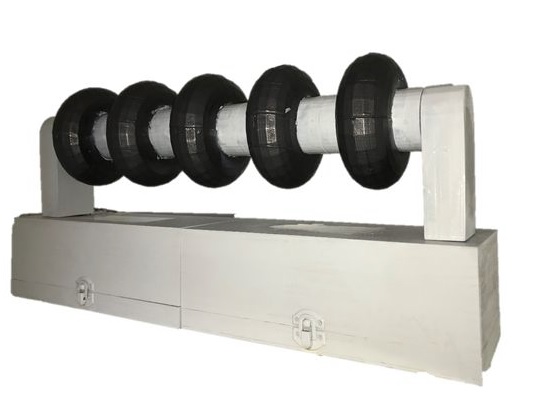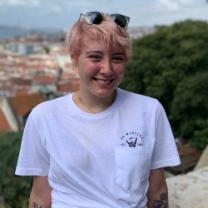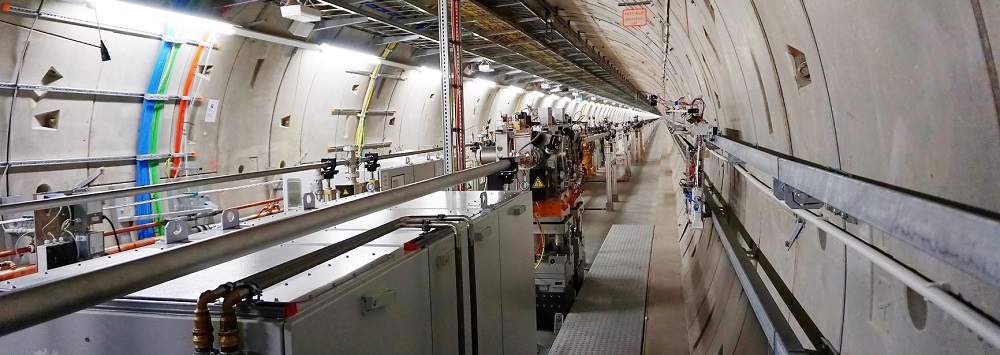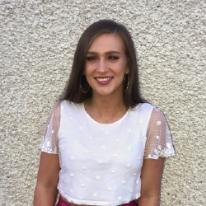Photo by Yulia Buchatskaya
Background
Accelerator physics has its origins in Liverpool, beginning with the first synchrocyclotron ever to be installed in the UK being constructed under the famous Metropolitan Cathedral.
This was a pivotal cornerstone for physics in Liverpool, inspiring the current large-scale accelerator project that is soon to be undertaken within the city’s train stations.
The Problem
The average person in Liverpool doesn’t know about the University’s particle physics heritage and how much we are involved in large scale accelerator experiments such as the LHC (Large Hadron Collider). Also, most people don’t have any idea how an accelerator works!
The Solution
Our students came up with the idea of building an interactive exhibit which would involve a model of a particle accelerator that incorporates Liverpool’s favourite type of art. Music!
The particle accelerator would be modelled as a series of RF (radio frequency) cavities, a radio frequency cavity is a type of resonator that uses a closed metal structure to trap electromagnetic fields that can then be used to accelerate charged particles.
A strip of LED’s would run on the inside of the cavities to represent a particle being accelerated, and toroidal rings on the outside would use capacitive touch sensing to produce a noise when they are touched.
Either a pitch which increases in frequency as the particle accelerates or a well-known tune would be produced if the rings are touched in the correct order.
The Result
Students successfully constructed a prototype that is able to respond when one of the toroidal rings is touched, the University is going to use this prototype to design a larger exhibit which will be exhibited in Liverpool’s train stations.

Meet the Team

Becky Clews, Physics LinkedIn
Rebecca Irwin, Physics LinkedIn
Back to: Department of Physics

